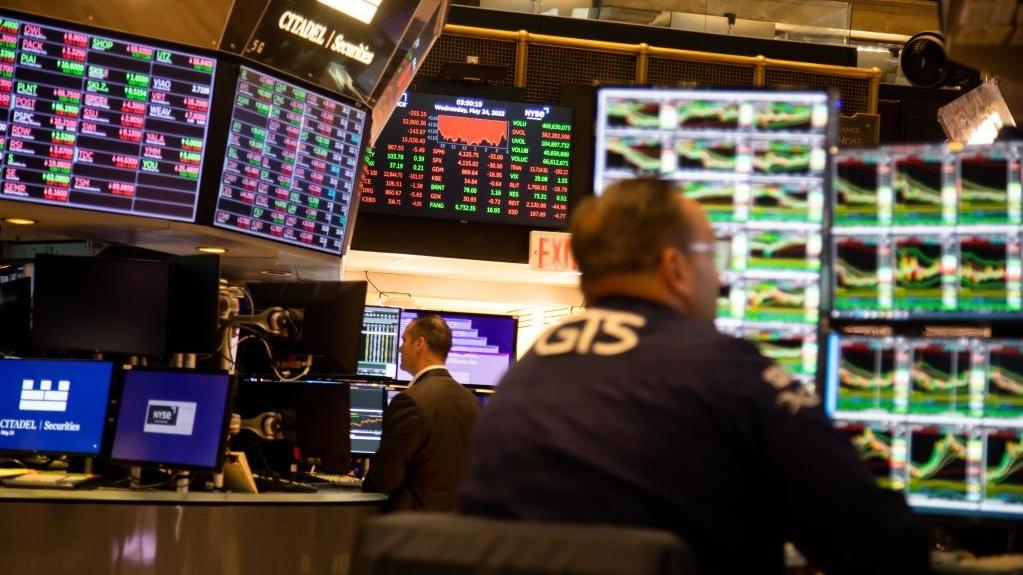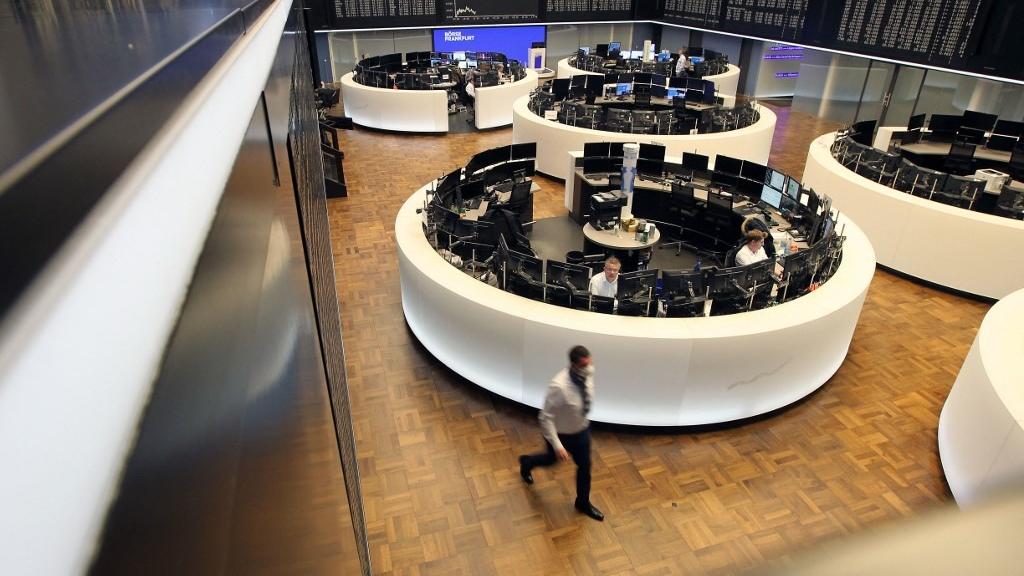 In this file photo dated May 24, 2023, traders work on the trading floor of the New York Stock Exchange in New York, the United States. (PHOTO / XINHUA)
In this file photo dated May 24, 2023, traders work on the trading floor of the New York Stock Exchange in New York, the United States. (PHOTO / XINHUA)
LONDON - Global securities and banking regulators proposed a blueprint on Tuesday to bolster the market's ability to cope with extreme stresses such as those seen during the COVID lockdowns and the conflict in Ukraine.
As prices for commodities jumped, buyers have had to stump up more margin or cash to back their trades at clearing houses such as those operated by LSEG, CME, ICE, Deutsche Boerse and LME.
The shocks revealed some participants struggling to meet sudden jumps in margin calls, adding to a "dash for cash" that forced central banks to inject liquidity into markets.
Clearing houses should be more transparent about how their models for calculating margins work, and disclose a new standardized metric for measuring the "responsiveness" of initial margin to changes in prices, the regulators said in a public consultation
The Basel Committee, which draws up bank capital rules; IOSCO, a global umbrella group for securities watchdogs; and the allied CPMI global committee on market infrastructure and payments set out 10 policy proposals.
They aim to ensure there is enough margin to back trades, and that market participants can better predict hikes in margin.
ALSO READ: Use of weather derivatives surges as extreme climate events increase
The regulators proposed that clearing houses make available tools for users to simulate how much their margin would change in stressed markets.
Clearing houses should be more transparent about how their models for calculating margins work, and disclose a new standardized metric for measuring the "responsiveness" of initial margin to changes in prices, the regulators said in a public consultation.
Members of clearing houses, such as banks who act on behalf of end users like companies, should also provide greater transparency to clients and the clearers themselves.
"Additionally, they should develop enhanced analytical frameworks for assessing margin responsiveness when passing on margin calls to clients," the document said.
 In this file photo dated Feb 24, 2022, traders work at the stock exchange in Frankfurt am Main, western Germany. (PHOTO / AFP)
In this file photo dated Feb 24, 2022, traders work at the stock exchange in Frankfurt am Main, western Germany. (PHOTO / AFP)
Fewer than half of intermediaries surveyed said they could properly estimate increases in margin they could expect from clearing houses in volatile markets, it added.
During the "dash for cash" some clearers overrode their margin models, making it even harder to prepare for margin increases.
READ MORE: WTO: Global trade remains resilient despite Ukraine conflict
"Though relatively rare, there have been cases where market participants received no prior warning of model overrides and minimal ex post explanation for why such override was necessary," the document said.
"This proposal seeks to provide additional transparency around the CCP’s (clearing houses) use of discretion while preserving the CCP’s ability to deal with unexpected circumstances."
The proposals are out to public consultation until mid-April to give banks, clearers and other market participants an opportunity to comment before final rules are published. Member countries of the regulatory bodies commit to applying agreed standards in their national rulebooks.


